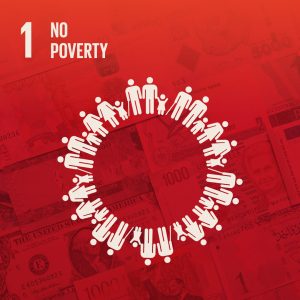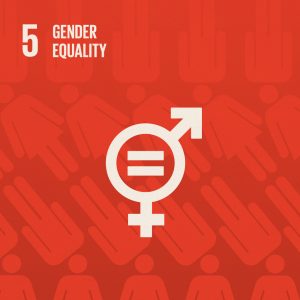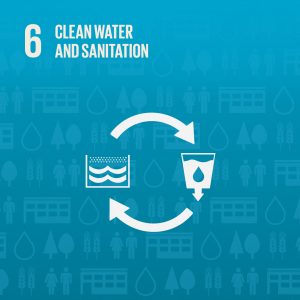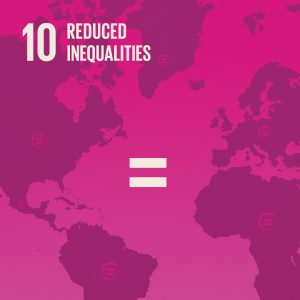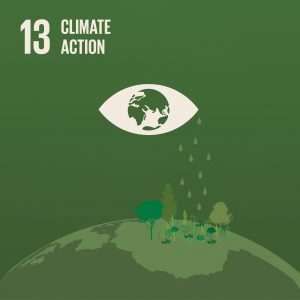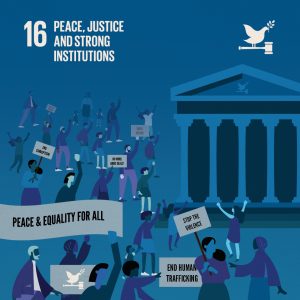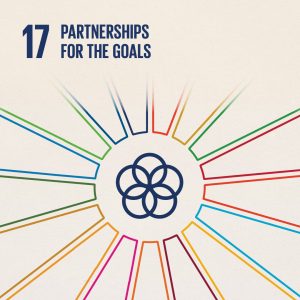by Ghanashyam Khanal and Nabin Bhandari
While about two frenetic weeks of discussions and negotiations on climate change, damage and loss, and climate finance were going on at COP27 in Egypt, a documentary that depicted the impact of climate change on women and children in the Himalayan regions of Nepal was screened at a side event organized by Rural Reconstruction Nepal and the Sustainable Development Institute during the conference. Very painfully, the documentary presented a struggling rural livelihood of the regions where the women and children must spend hours fetching some liters of drinking water from a distant stream. Though the water was available in nearby sources some years back, they are dried now. Climate scientists posit that, among others, climate change is the main cause of the recent water crisis in this area.
The world’s deadliest flood event which occurred in Pakistan last June killed 1739 people, and caused USD 15.2 billion economic losses, according to the National Disaster Management Authority. The Post-Disaster Needs Assessment carried out by the United Nations Development Program and the World Bank reported that the estimated needs for rehabilitation and reconstruction in a resilient way are at least USD 16.3 billion.
A new report published last September by the World Meteorological Organization (WMO) reports that water stress and hazards like withering droughts and devastating floods are hitting African communities, economies, and ecosystems hard. It’s predicted that around 80 percent of African countries are unlikely to have sustainably managed water resources by 2030.
These three representative cases of Nepal, Pakistan, and the African continent showcase the fact that vulnerable poor communities are facing the impact of climate change more than rich nations.
Climate change is grossly unfair. Every year, an average American causes 16 tons of carbon dioxide emissions, which is about eight times as much as an average Indian and almost 50 times as much as an average Kenyan. And those who have done the least to cause climate breakdown are suffering the worst of its effects. Since the 1970s, over 90 percent of deaths from weather-related disasters occurred in developing economies and the situation for the global South will only get worse as the planet gets hotter. That disparity is only going to increase because those disasters are now happening 4–5 times more often than they were 50 years ago and causing 7 times as much damage.
Global inequality has grown massively over the last 200 years. Today, the world’s richest country, Luxembourg, has an average income of about $118,000, whereas, the poorest country, Burundi, has just $700. That huge income gap also means big differences in quality of life. In Japan, a child born today can expect to live until the age of 84. But a child born in Lesotho would be lucky to make it past their 50th birthday. At the same time, the world’s richest countries have been mainly responsible for climate change. The United States makes up just 4% of the world’s population but it contributes 20% of global carbon emissions since 1850.
Colonialism and the Industrial Revolution are two major forces behind these inequalities. Around 500 years ago, many European countries started to establish colonies building up global empires that covered large parts of Africa, Asia, Australia, and the Pacific by the end of the 18th century. By this point, Europe and the US were also going through the Industrial Revolution, which saw the large-scale adoption of machines and factories, as well as the burning of fossil fuels. Both colonialism and the industrial revolution led to rapid economic growth and rising living standards in Europe and its settler colonies like the US, Canada, and Australia. But colonialism also hindered development in many other parts of the world where the colonial powers were mainly interested in extracting natural resources and keeping the wealth to themselves, leaving the native people to linger in poverty. Today, many colonized countries still suffer from deforestation and land degradation that began under colonialism. In the Indian Himalayas, deforestation today can be traced back to the construction of railways by the British in the 19th century. Similarly, many countries in the Caribbean had their forests cut down to make room for agricultural plantations which are now extra vulnerable to climate disasters like hurricanes.
Climate scientists have been ringing the alarm bell since the 1980s. Numerous climate negotiations have been held and many world leaders make pledges and promise to do more. Yet not a single high-income country is reducing emissions fast enough to effectively protect the planet, often delayed by the deceptive tactics used by fossil fuel companies. The other big issue on the table is the goal of reducing emissions in hopes of keeping global warming under 1.5 ºCelsius. The scientists argue that to remain under the 1.5 degree limit, global emissions would need to be reduced 43 percent by 2030, but to our dismay, at our current pace, they’ll dip less than 1 percent.
However, it’s not only about racial injustice and the oppression of indigenous people and their land but also the people experiencing forms of oppression like sexism, homophobia, and poverty anywhere are impacted more by climate change. For example, after Fiji was hit by the strongest-ever recorded cyclone in the southern hemisphere in 2016, the hard-hit LGBT community was excluded from Disaster Response Plans and also blamed for the natural disaster. In India and Pakistan, young rural women have been the most heavily impacted by drought. That’s because many of their husbands have migrated to cities in search of work, forcing the women to take over farming duties while also having to raise their families. And this phenomenon doesn’t only affect developing countries. In the US, for example, black mothers are more likely to suffer pregnancy risks from exposure to extreme heat and air pollution, which are due again to issues of wealth and class. Climate Justice is about recognizing the interconnectedness of these struggles.
Working together to create a sustainable, fairer, and more equal world in the process is the need of the hour. It means while we phase out fossil fuels and transition to other sources of energy, governments must protect their livelihoods and the rights of workers and communities, essentially redesigning the global economy to incorporate human rights principles. But so far during climate negotiations, wealthier governments are only willing to discuss small steps to reduce emissions. Justice is not on their agenda. Recently, some governments made a symbolic gesture to pay millions to enable the most vulnerable countries to cope with the harm and damages associated with climate change known as loss and damage. If governments in the global North are prepared to face the hard truths of their historical, moral, and legal responsibilities, then we all can enjoy the world of climate justice. Thus, climate change is affecting us all but not equally; millions of people are suffering injustices and inequalities are widening.
Mr. Khanal and Mr. Bhandari are Ph.D. students in Applied Economics at Auburn University.
Learn about the SDGs & AU and our contributions related to this post.

